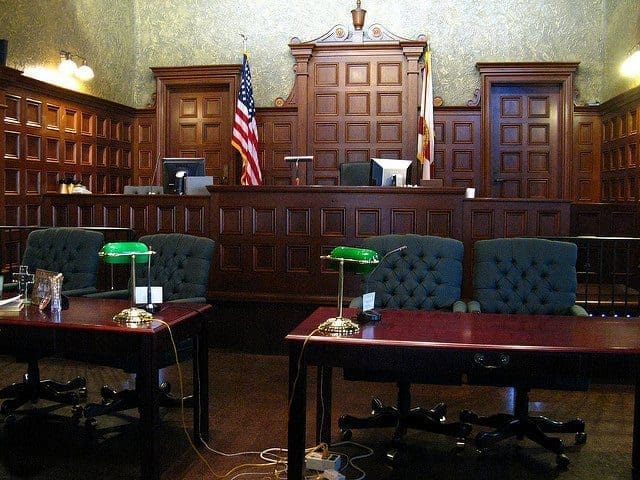Court Procedures
 A Brief Look into Court Procedures
A Brief Look into Court Procedures
Court procedures might seem overwhelming, but they function as the backbone of our judicial system, ensuring fairness and structure. Every legal enthusiast or individual involved in a legal dispute should understand the basics of these procedures.
- Initial Filings: Every court case starts with a document – be it a complaint, petition, or another legal document. This document outlines the issues at hand and sets the litigation process into motion.
- Responses: Once the initial filing is made, the opposing party has the right to respond, either agreeing with, disputing, or providing their perspective on the claims presented.
- Discovery: Arguably the most time-consuming phase, discovery involves both parties gathering evidence, taking depositions, and sending interrogatories.
- Pre-Trial Motions: Before a trial begins, parties may file motions to determine what evidence can be presented, or in some cases, to dismiss the case entirely.
- Trial: If no settlement is reached, the case proceeds to trial. Here, evidence is presented, witnesses testify, and arguments are made before a judge or jury.
- Verdict: Post-deliberation, the judge or jury provides a decision, either in favor of the plaintiff or defendant.
- Appeal: If a party believes a legal error was made during the trial, they can appeal to a higher court.
Understanding court procedures can demystify the legal process, offering clarity and preparation for what lies ahead. Whether you’re a budding lawyer, law student, or someone involved in a case, a grasp of these steps can prove invaluable.
Remember, while this overview provides a basic understanding, court procedures can vary based on jurisdiction, case type, and specific legal issues involved. Always consult with a legal professional when navigating these waters.
_______________________________________
Navigating Court Procedures: A Comprehensive Guide to Legal Processes
In today’s complex legal landscape, understanding court procedures is essential for anyone involved in legal matters. Whether you’re a plaintiff, defendant, or simply seeking legal advice, knowing the ins and outs of court processes can make a significant difference in the outcome of your case. From filing documents to appearing in court, each step in the legal journey requires careful attention to detail and adherence to established procedures.
To begin with, it’s important to understand the role of court procedures in the legal system. Court procedures, also known as legal processes, refer to the rules and protocols that govern how cases are handled within the judicial system. These procedures are designed to ensure fairness, efficiency, and due process for all parties involved. Without proper adherence to these rules, cases can be delayed, dismissed, or even decided against the interests of the parties involved.
One of the first steps in any legal proceeding is the filing of legal documents. This includes complaints, petitions, motions, and other paperwork that initiate or respond to legal action. Properly preparing and filing these documents is crucial, as errors or omissions can result in delays or even the rejection of the case by the court. Additionally, certain documents may need to be served on other parties in the case, requiring adherence to specific rules regarding timing and method of service.
Once documents are filed, the case will proceed through various stages of litigation, each with its own set of procedures. These stages may include discovery, where parties exchange information and evidence relevant to the case, motion practice, where parties may request rulings or decisions from the court on specific issues, and pre-trial conferences, where the parties may attempt to resolve the case through negotiation or settlement.
Ultimately, many cases will proceed to a court hearing or trial, where evidence will be presented, witnesses will testify, and arguments will be made before a judge or jury. Court hearings follow specific procedures to ensure that each party has the opportunity to present their case fully and fairly. This may include rules regarding the admissibility of evidence, the examination of witnesses, and the presentation of legal arguments.
In conclusion, understanding court procedures is essential for navigating the legal system effectively. By familiarizing yourself with the rules and protocols that govern legal processes, you can ensure that your case is handled properly and that your rights are protected. Whether you’re involved in a civil lawsuit, criminal case, or other legal matter, knowing what to expect at each stage of the process can help you achieve the best possible outcome.










